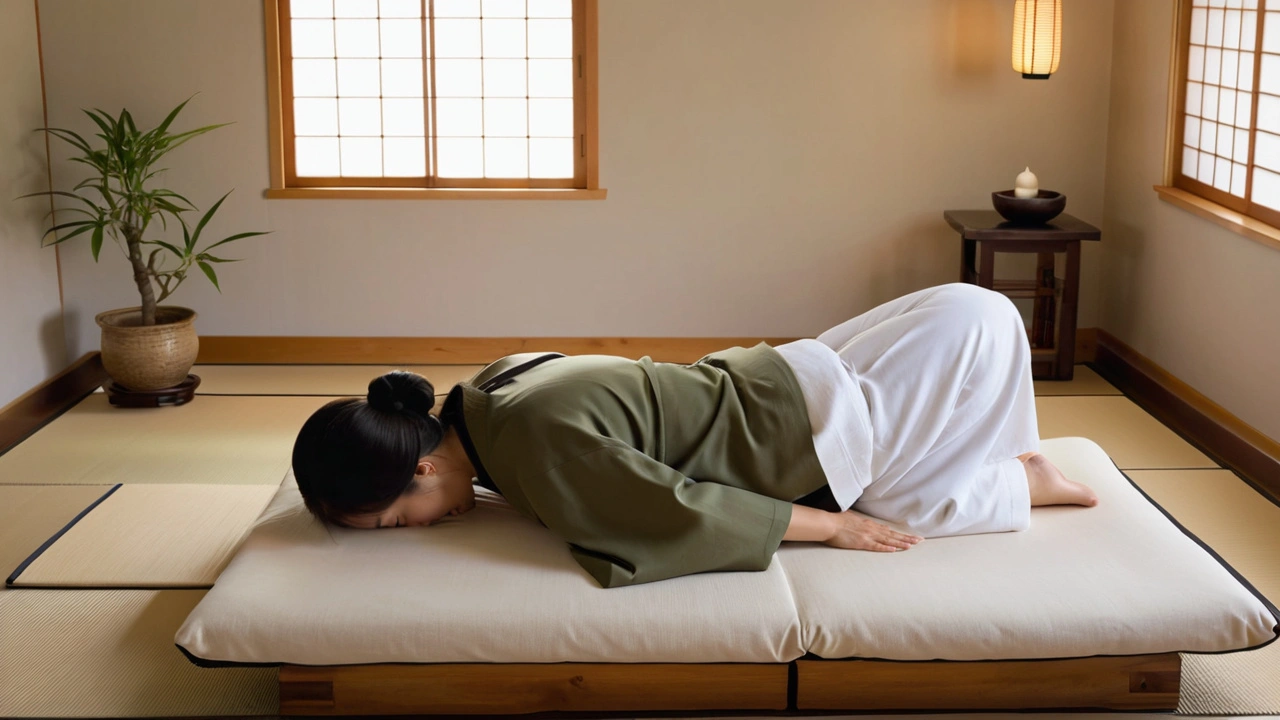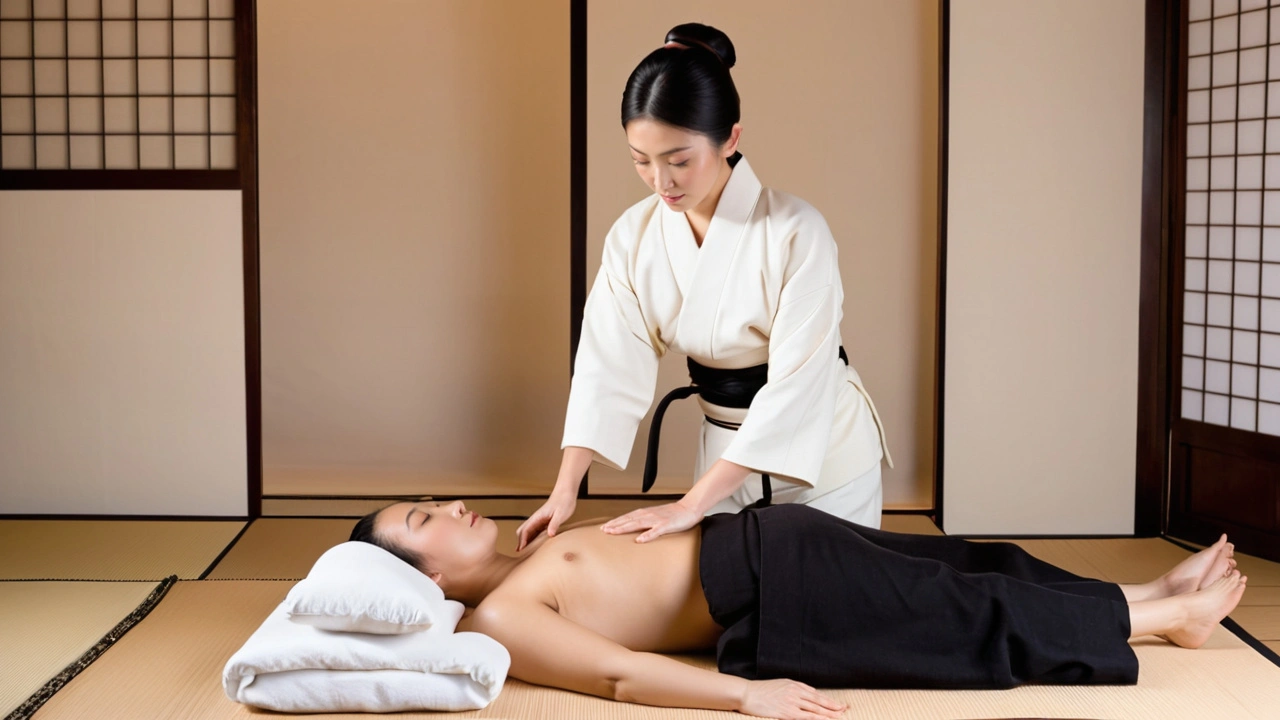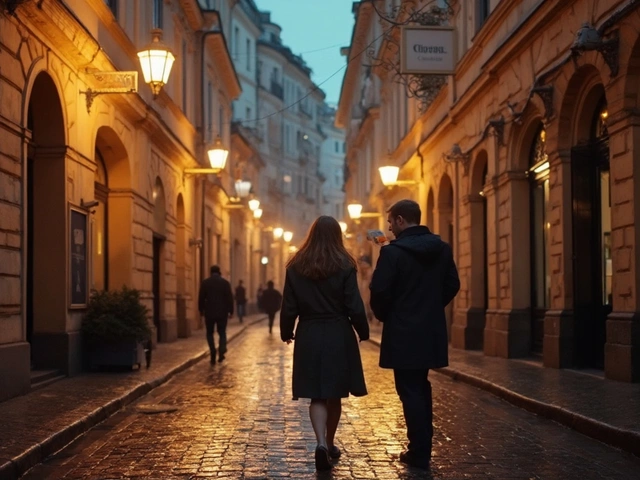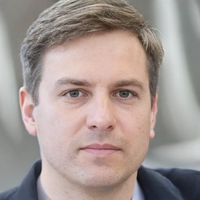Have you ever wondered how a traditional massage technique could boost your health and well-being? Shiatsu massage, rooted in ancient Japanese practices, offers an effective way to relieve stress and improve overall health.
By applying pressure to specific points on the body, Shiatsu helps balance energy flow and promotes relaxation. This article dives into the origins, benefits, and techniques of Shiatsu massage, along with practical tips for incorporating it into your everyday life.
- The Origin and Principles of Shiatsu Massage
- How Shiatsu Massage Works
- Health Benefits of Shiatsu Massage
- Common Techniques Used in Shiatsu
- Tips for Incorporating Shiatsu into Daily Life
- Finding the Right Shiatsu Practitioner
The Origin and Principles of Shiatsu Massage
Shiatsu, which translates to “finger pressure” in Japanese, is an ancient massage technique that dates back to as early as the sixth century. The practice of Shiatsu developed from traditional Japanese anma massage therapy, later influenced by notions of Traditional Chinese Medicine (TCM). Practitioners believe that applying pressure to specific points on the body can unblock and harmonize the flow of energy, commonly referred to as “qi,” throughout the meridians of the body. The word
How Shiatsu Massage Works
Shiatsu massage is more than just a technique; it is an art form centered on the belief that health is achieved by a balance of energy within the body. Originating from Japan, Shiatsu translates to ‘finger pressure’ and involves applying pressure using thumbs, fingers, and palms to specific points on the body. These points are aligned with the body's energy channels, known as meridians, which also play a vital role in traditional Chinese medicine.
The concept behind Shiatsu is simple yet powerful: when the energy flow or ‘Qi’ is disrupted, it leads to illnesses and discomfort. Practitioners aim to restore the energy balance by stimulating these meridian points, which helps in relieving tension, enhancing circulation, and promoting relaxation. This holistic approach treats the body as an interconnected system rather than targeting isolated symptoms.
During a session, the practitioner conducts a thorough assessment to understand the client’s health conditions and needs. This personalized approach ensures that each session is tailored to the individual, targeting specific areas that require attention. Once the assessment is done, the client lays down on a futon or mat, fully clothed, as the practitioner works on various parts of the body.
A key aspect of Shiatsu is the use of rhythmic pressure. Practitioners apply steady, rhythmic pressure to the meridian points using their palms and fingers. This not only alleviates physical tension but also helps calm the mind, making Shiatsu an effective treatment for both physical and emotional stresses. The combination of pressure and rhythm helps in unblocking the energy pathways, allowing for a smooth and balanced flow of Qi.
One fascinating element of Shiatsu is its ability to stimulate the body’s self-healing mechanisms. By enhancing blood flow and encouraging lymphatic drainage, the technique helps in detoxification and boosting the immune system. Regular sessions have shown to improve digestion, alleviate chronic pain, and even aid in better sleep patterns, making it an excellent addition to a wellness routine.
It is also interesting to note the scientific backing for some of the benefits of Shiatsu massage. According to a study published in the Journal of Alternative and Complementary Medicine, participants who received Shiatsu therapy reported significant reductions in stress and anxiety levels. Their physical well-being improved, offering a supportive pillar for those dealing with mental health issues.
“The effectiveness of Shiatsu in addressing both physical and mental health concerns underscores its importance as a holistic therapy,” notes Dr. Karen Jowers, an expert in complementary medicine.
While Shiatsu might seem intimidating for those new to alternative therapies, it is worth exploring due to its myriad of benefits. The gentle and non-invasive nature of the technique makes it suitable for people of all ages, including children and the elderly. The focus on individualized treatment ensures that each person's unique needs are met, enhancing the overall effectiveness of the session.
Shiatsu massage offers a comprehensive approach to health and wellness by combining traditional wisdom with modern understanding of the body. Through meticulous application of pressure, rhythmic movements, and a personalized approach, Shiatsu helps restore energy balance, reduce stress, and promote holistic well-being. Whether you are looking to manage chronic pain, improve circulation, or simply relax, Shiatsu massage has something to offer for everyone.

Health Benefits of Shiatsu Massage
Shiatsu massage, a Japanese technique that translates to "finger pressure," brings a wealth of benefits to both physical and mental health. It has been practiced for centuries, grounded in traditional Chinese medicine (TCM) principles, and is designed to promote the flow of energy or 'Qi' throughout the body. By focusing on specific pressure points, Shiatsu helps to restore balance and harmony within the body's meridians.
One of the primary benefits of Shiatsu is its ability to alleviate stress. Daily life can be overwhelming, and stress often manifests in physical ways such as muscle tension and headaches. Shiatsu massage targets these tension points, promoting relaxation and reducing the levels of tension and anxiety. It's a natural method of soothing the mind and body, providing a sense of calm and peace.
Beyond stress relief, Shiatsu is known for improving circulation. The pressure applied during a session helps to stimulate blood flow, which can enhance oxygen delivery to tissues and organs. This improved circulation can lead to better overall health, increased energy levels, and a stronger immune system. People often report feeling more revitalized and less fatigued after regular Shiatsu treatments.
Another significant advantage of Shiatsu massage is pain relief. Whether it's chronic pain from conditions like arthritis or acute pain from strained muscles, Shiatsu can help. By targeting the underlying energy imbalances and promoting the release of endorphins, the body's natural painkillers, Shiatsu can reduce pain and improve mobility and flexibility.
For those struggling with sleep disorders, Shiatsu may offer a natural remedy. By calming the nervous system and alleviating stress, Shiatsu can help improve sleep quality. Many individuals experience deeper and more restful sleep following sessions. This can lead to better overall health and improved quality of life.
Shiatsu has also been found beneficial for digestive health. The massage can stimulate the abdominal organs and promote better digestion and elimination. This can help with issues such as constipation, bloating, and indigestion. Regular sessions can lead to a more balanced digestive system and better overall gut health.
Mental clarity is another benefit of Shiatsu. When the body is free of pain and tension, the mind can function more effectively. Many people report improved concentration and mental sharpness after sessions. This is especially beneficial for those who need to maintain high levels of focus and productivity in their daily lives.
Lastly, Shiatsu can boost immune function. By reducing stress, improving circulation, and promoting relaxation, Shiatsu helps support the immune system. This can lead to fewer illnesses and a quicker recovery when sickness does occur. A stronger immune system means a healthier, more resilient body.
"Regular Shiatsu massage sessions can significantly improve quality of life by reducing stress, alleviating pain, and enhancing overall wellness," says Dr. Emily Johnson, a renowned wellness expert.
Common Techniques Used in Shiatsu
When looking into the world of Shiatsu massage, it's fascinating to discover the variety of techniques employed. Master practitioners apply these methods to stimulate healing and relaxation effectively. Let’s explore several key techniques that make Shiatsu a distinctive and beneficial form of therapy.
One of the fundamental techniques in Shiatsu is known as finger pressure. As the name suggests, practitioners use their fingers to apply rhythmic pressure on specific points along the body's energy pathways or meridians. These targeted areas often overlap with acupuncture points. This technique aims to unblock and balance the body’s energy flow, which is believed to promote natural healing and enhanced well-being.
Another common method is called palm pressure. Instead of using fingers, the practitioner uses their palms to exert broader pressure on larger muscle groups. This technique can be particularly effective for alleviating muscle tension and fostering relaxation across a more extensive area. It also warms the muscles, which can be beneficial for circulation and overall muscle health.
A noteworthy technique is known as knee pressure. In this approach, therapists use their knees to apply force on the back and other areas needing substantial pressure. Despite sounding intense, when done correctly, knee pressure can reach deeper muscle layers that other techniques might not effectively target.
Then there is rotational stretching, where the therapist gently manipulates the recipient’s limbs and joints through their full range of motion. This technique not only loosens joints but also encourages flexibility and relieves stiffness. It can be particularly useful for individuals suffering from conditions such as arthritis or chronic joint pain.
Hara massage is another unique aspect of Shiatsu, focusing on the abdominal region. The term 'Hara' refers to the area around the stomach, which is considered the body’s center. By applying pressure and gentle kneading on the abdomen, practitioners aim to stimulate internal organs, improve digestion, and balance the internal energy system known as 'ki.'
Thumb rotations involve circular movements with the thumbs on concentrated points. This technique helps in increasing circulation and relieving tension in smaller, more specific areas. It's often used in tandem with other techniques for a more comprehensive approach to treatment.
Lastly, practitioners often employ gentle rocking techniques. By rhythmically rocking the recipient's body, therapists can induce deep relaxation and help reset the nervous system. This method can have profound effects on one’s mental and emotional state, leading to reduced anxiety and better mental clarity.
These techniques form the cornerstone of Shiatsu massage and offer a holistic approach to health and wellness. By addressing both physical and energetic imbalances, Shiatsu provides a unique pathway to achieving a healthier lifestyle.

Tips for Incorporating Shiatsu into Daily Life
Embracing the benefits of Shiatsu massage can significantly enhance your quality of life. Here are some practical tips to help you seamlessly integrate Shiatsu into your daily routine.
First, consider starting your day with a simple self-massage routine. Shiatsu doesn’t always require a therapist; self-massage techniques can be highly effective. Focus on areas where you tend to hold tension, like your shoulders and neck. Use your thumbs to apply gentle pressure on these spots, making small circles while taking deep breaths. This can set a relaxed tone for your day.
If you’ve got a busy schedule, set aside time each week specifically for a professional Shiatsu session. This time can be treated as a much-needed respite from the hustle and bustle of daily life. Regular sessions with a skilled practitioner not only deepen the benefits but also provide an opportunity to learn more techniques tailored to your body’s needs.
Incorporate stretches that complement Shiatsu principles into your exercise routine. Stretches that elongate muscles and improve circulation can enhance the overall effect of the massage. Practicing yoga or tai chi can be particularly beneficial, as both disciplines focus on the body’s energy flow similar to Shiatsu.
Hydration is key to maximizing the benefits of Shiatsu massage. Drink plenty of water before and after your massage. Proper hydration helps flush out toxins released during the massage and aids in muscle recovery. Think of it as cleaning the house after it’s been tidied up; without water, your body might struggle to remove waste effectively.
Pay attention to your diet. Eating wholesome, natural foods can support the energy balance that Shiatsu aims to achieve. Incorporate plenty of fruits, vegetables, and lean proteins. These foods provide the nutrients needed for maintaining muscle health and reducing inflammation.
Creating a soothing environment at home can also magnify the benefits of Shiatsu. Consider playing calming music, using essential oils, or even setting up a small space dedicated to relaxation and self-care. A peaceful home environment supports the work done during your massage sessions.
Consistency is crucial to reaping the long-term benefits of Shiatsu. Just like any other practice, the more regularly you incorporate it into your life, the more significant the results. It doesn’t need to be a daily commitment, but regular engagement is key.
Dr. Mei Lin, an expert in alternative medicine, once said, “Health and wellness are not achieved overnight; they are a journey facilitated by practices like Shiatsu massage that nurture both body and mind.”
Last but not least, listen to your body. Everyone’s response to Shiatsu will be different. Pay attention to how you feel after a session and adjust your routines accordingly. Your body is the best indicator of what works for you.
Finding the Right Shiatsu Practitioner
Choosing the right Shiatsu practitioner is incredibly important for ensuring a beneficial experience. The first thing to consider is the practitioner's credentials and training. In many countries, qualified practitioners are certified by recognized Shiatsu or massage therapy boards. This certification requires completing extensive training and passing rigorous exams, so it speaks volumes about the practitioner's expertise and commitment to the craft.
Another crucial aspect is the practitioner's experience. While newly certified therapists can be excellent, someone with several years of experience may better understand specific conditions and how to treat them. Always ask how long they have been practicing Shiatsu massage and if they have experience dealing with any particular health issues you might have. It’s also useful to ask for client references or testimonials which can offer insights into others' experiences.
Word of mouth and recommendations also play a big role in finding an excellent practitioner. Friends, family, or even co-workers who have had positive experiences can be invaluable resources. Personal recommendations often come with honest feedback about what to expect from the session and whether the practitioner is genuinely caring and effective.
Researching online reviews is another helpful step. Many practitioners have websites where clients can leave reviews. Social media platforms and health-related forums also provide spaces for feedback. Look for patterns in the feedback, as consistently high or low reviews can tell you a lot about the practitioner's reliability and skill.
Many practitioners offer an initial consultation or a trial session. This is a fantastic opportunity to meet the practitioner, understand their approach, and see if you feel comfortable. Comfort and trust are essential for any therapeutic relationship, especially in body-focused disciplines like Shiatsu massage.
Don’t be afraid to ask questions about their methodology. Each practitioner may have a slightly different approach based on their training and experience. Inquiring about their process for assessing your needs and tailoring the massage can provide a clearer picture of what a session would involve. This helps you find a practitioner whose style and philosophy align with your health and wellness goals.
As noted by the Shiatsu Society: "A good practitioner will take the time to listen to your concerns and explain how they plan to help you."This is particularly important if you have specific medical conditions or areas of concern. The practitioner should be willing to adapt their techniques to suit your needs, offering a personalized experience.
Ensure that the environment where the massage will take place is clean, calm, and conducive to relaxation. The ambiance can make a significant difference in the effectiveness of the treatment. A well-maintained, peaceful space shows that the practitioner values their practice and is dedicated to providing a quality experience.
Lastly, consider the cost and convenience of sessions. While it's worth prioritizing quality over cost when it comes to health treatments, you should also make sure that the practitioner’s fees align with your budget. Additionally, think about the location and availability of the practitioner to find someone whose schedule fits easily into your life.





